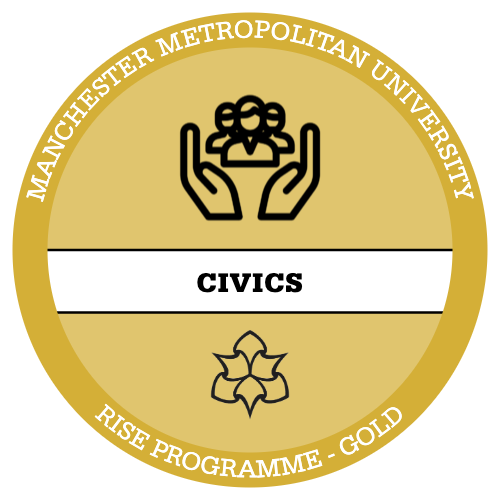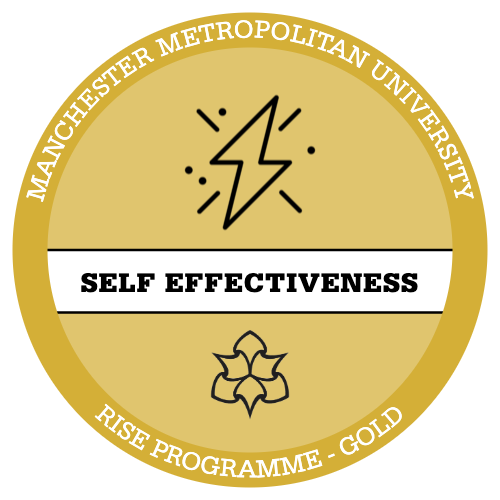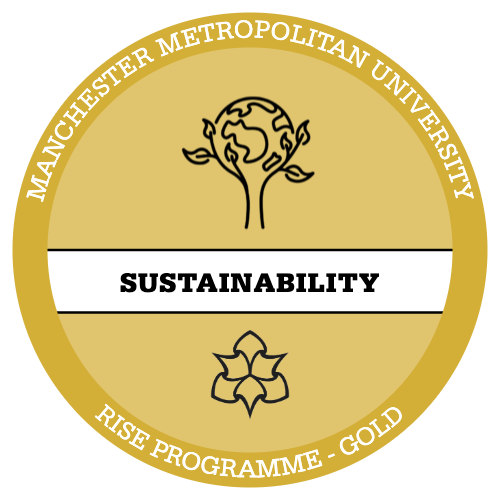Establishing the Child’s Perspective
In order to be able to understand how children feel, it is important to listen. This allows professionals to establish the child’s perspective and understand where they might need support with their emotional and social development. This can be particularly challenging when babies and young children are not yet verbal. However, if professionals only align with the views of parents and caregivers, key information might be missed. Creating a bigger picture of the lived experienced of a child, gives valuable insight into their wellbeing.
In Listening to young children: the mosaic approach, Alison Clark and Peter Moss (2021) developed a method for listening to children that they called the ‘mosaic approach’. This was developed during a research study to include the ‘voice of the child’ in multiagency practice of services for children and families.
Clark and Moss spent time observing children and talking to them to gain insight into their experiences and lives. They also used a range of creative methods such as digital photography where they asked children to take pictures of what was important to them. They spoke with parents, carers and educators to build up a larger ‘mosaic’ image which could then be used to influence change within a setting to help support children better and respond to their individual needs. You can read more about the Mosaic Approach here.
Barriers to Hearing the Child’s Voice
A multi-layered approach to listening to children and hearing their voices is essential. It is important that adults themselves do not create barriers to hearing the voice of the child by making assumptions about what children can and cannot do. Listening to young children can’t be rushed, time needs to be spent observing and understanding each unique child and the dynamics with the parents and caregivers.
The Role of Observation

Read: Reflecting on parent-infant relationships: a practitioner’s guide to starting conversations – GOV.UK (www.gov.uk)
<undefined>Department of Health & Social Care (March, 2024)</undefined>
This guidance helps to explore the role of observation and how a professional might build up a sense of where any difficulties might lie for an infant. The emphasis here is that ‘although we cannot ask babies about their relationship with their parent or carer, by watching them closely we can begin to understand their experience of the relationship.’ Make some notes reflecting on how the role of observation can give babies a voice.
Practical & Creative Ways to Gain Insight
You can find lots of practical and creative ways of gathering the views of children in the following document:

Stop and Reflect:
Spend some time reflecting on the following questions:
- Why might some children be listened to more than others?
- How might you respond creatively to capturing the voice of the child? Why is this insight important?
- What might you find particularly challenges about capturing the voice of the child?






